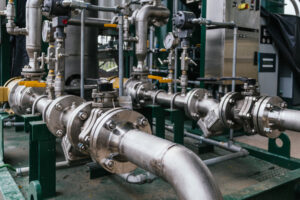The Challenges of Importing and Exporting Industrial Equipment
Importing and exporting industrial equipment can be a complex and challenging process for companies. Acquiring quality equipment is critical to the efficient operation of industries, but moving this equipment from one country to another can face significant obstacles. In this article, we will explore common challenges in importing and exporting industrial equipment and provide strategies to overcome them, ensuring a smooth and successful process.
Challenge 1: Customs Procedures and Regulations
One of the main challenges in importing and exporting industrial equipment is the customs formalities and country-specific regulations. These regulations can vary widely and include aspects such as import taxes, licenses and certificates required. To overcome this challenge, it is crucial to have an experienced customs broker who can guide and facilitate the process, ensuring compliance with all regulations and legal requirements.
Challenge 2: Logistics and Transportation
Transporting industrial equipment over long distances and across different countries can present significant logistical challenges. The size and weight of the equipment, as well as its fragility, require careful planning and the selection of appropriate transportation services. In addition, secure and appropriate packaging that protects the equipment during transport is critical. Working with reliable and experienced logistics providers can help overcome this challenge, ensuring timely and safe delivery of industrial equipment.
Challenge 3: Language and Cultural Barriers
When it comes to importing or exporting industrial equipment, language and cultural barriers can make it difficult to communicate and negotiate with international suppliers and customers. To overcome this challenge, it is advisable to have a multilingual team or use professional translation services. In addition, it is important to familiarize yourself with the business rules and practices of the target country, adapting to its business culture and negotiation protocols.
Challenge 4: Maintenance and After-Sales Support
Once industrial equipment is imported or exported, it is essential to have an efficient maintenance and after-sales support plan in place. This involves ensuring that spare parts are available, access to maintenance and repair services, and fluid communication with the manufacturer or supplier. Establishing clear warranty and after-sales service agreements prior to importing or exporting equipment can help overcome this challenge and ensure continued reliable operation.

Challenge 5: Regulatory and Environmental Compliance
Regulatory and environmental compliance is another critical challenge in the import and export of industrial equipment. Each country has its own regulations and standards in terms of safety, quality and environmental protection. To ensure compliance with these regulations, companies must conduct thorough research on the specific requirements of the destination country.
It is essential to ensure that industrial equipment complies with applicable standards and certifications, such as ISO 9001 (quality management system) and ISO 14001 (environmental management system). This not only ensures the quality of the equipment, but also demonstrates the company’s commitment to sustainability and environmental responsibility.
In addition, in some cases, it may be necessary to obtain additional permits or licenses for the import or export of certain industrial equipment, especially those that are considered sensitive or subject to specific restrictions. Working closely with customs brokers and international trade experts can help identify and comply with all necessary regulatory and environmental requirements.
Challenge 6: Risk and Insurance Management
Risk management and insurance is a fundamental aspect to consider when importing and exporting industrial equipment. During the transportation and handling of equipment, there is a risk of damage, loss or even theft. It is important to assess and mitigate these risks by taking out appropriate insurance policies to cover the possible scenarios.
Working with insurance companies that specialize in the import and export of industrial equipment can provide adequate coverage and protection. These insurance policies can include coverage against damage during transport, theft, loss or any other unforeseen event that may affect the integrity of the equipment.
In addition, it is crucial to have a detailed inventory of the equipment, including photographs and accurate descriptions, prior to shipment. This will help facilitate any insurance claims in the event of an incident occurring during the import or export process.
Challenge 7: Cost Evaluation and Budgeting
Importing and exporting industrial equipment involves a significant financial investment. It is important to make a thorough assessment of the costs involved, such as import taxes, customs fees, transportation, insurance and other related expenses. Having a clear and realistic budget will help to avoid financial surprises and ensure that resources are properly allocated.
In addition to direct costs, it is also important to consider indirect costs, such as downtime associated with the import or export process. Proper planning and synchronization of equipment delivery with production deadlines or specific projects can minimize negative impacts on business operations.
When evaluating costs and budgets, it is critical to look for opportunities for optimization and efficiency. In addition to direct costs, it is also important to consider indirect costs, such as downtime associated with the import or export process. Proper planning and synchronization of equipment delivery with production deadlines or specific projects can minimize negative impacts on business operations.this can include consolidating shipments to reduce transportation costs, negotiating preferential agreements with logistics providers and considering financing options that help manage cash flow during the import or export process.
Challenge 8: Adapting to Technology Trends
In the industrial equipment industry, technology trends are constantly evolving. Advances in automation, artificial intelligence and the Internet of Things (IoT) are transforming the way industrial equipment is designed, manufactured and used.
To remain competitive, companies must be aware of these technological trends and adapt to them. This may involve adopting emerging technologies in equipment that is imported or exported, as well as training personnel to work with these new technologies.
In addition, digitization and connectivity are playing an increasingly important role in managing the import and export of industrial equipment. Digital platforms and cloud-based supply chain management systems enable greater visibility and traceability of equipment throughout the process.
By keeping abreast of technology trends and taking advantage of the opportunities they offer, companies can improve the efficiency, productivity and quality of the industrial equipment they import or export.
Strategies for Overcoming Challenges in the Import and Export of Industrial Equipment
Overcoming challenges in the import and export of industrial equipment requires effective strategies and a proactive approach. Below are some key strategies to ensure a successful process:
- Detailed Research and Planning: Before embarking on the import or export process, it is essential to conduct thorough research on the customs formalities and regulations of the destination country. This will help avoid surprises and unnecessary delays. In addition, detailed planning that includes logistical aspects, required documentation and delivery dates will contribute to a more efficient process.
- Collaboration with International Trade Experts: Having the advice of international trade experts, such as customs brokers and consultants, can make all the difference in the success of importing or exporting industrial equipment. These professionals have the knowledge and experience to guide the process, ensure regulatory compliance and minimize associated risks.
- Selecting Reliable Suppliers and Partners: Working with reliable suppliers and partners is critical to ensure quality industrial equipment and on-time delivery. Conducting a thorough evaluation of potential suppliers, verifying their reputation and experience in the market, and establishing clear and detailed agreements are important steps to minimize risks and ensure a successful process.
- Logistics Management: Logistics play a crucial role in the import and export of industrial equipment. It is important to select reliable logistics service providers who have experience in transporting heavy and sensitive equipment. In addition, ensuring proper and secure packaging to protect the equipment during transportation will contribute to its integrity and preservation.
- Effective Communication: Establishing smooth and clear communication with all stakeholders involved in the process, such as suppliers, customs brokers and trading partners, is essential to overcome language and cultural barriers. The use of professional translation services, when necessary, will facilitate communication and avoid misunderstandings.
- Establishing Maintenance and Support Agreements: Before importing or exporting equipment, it is essential to negotiate clear maintenance and after-sales support agreements with the manufacturer or supplier. These agreements should include the availability of spare parts, response times for repair and maintenance service, and smooth communication in case of incidents.

Conclusion
Importing and exporting industrial equipment can present significant challenges, from customs clearance and regulations to logistics, language and cultural barriers, and after-sales maintenance. However, with careful planning and the right support, these challenges can be overcome. Working with international trade experts, customs brokers and reliable logistics providers can help ensure a smooth and successful process. By overcoming these challenges, companies can acquire and supply the industrial equipment needed to fuel their growth and success in the global marketplace.






